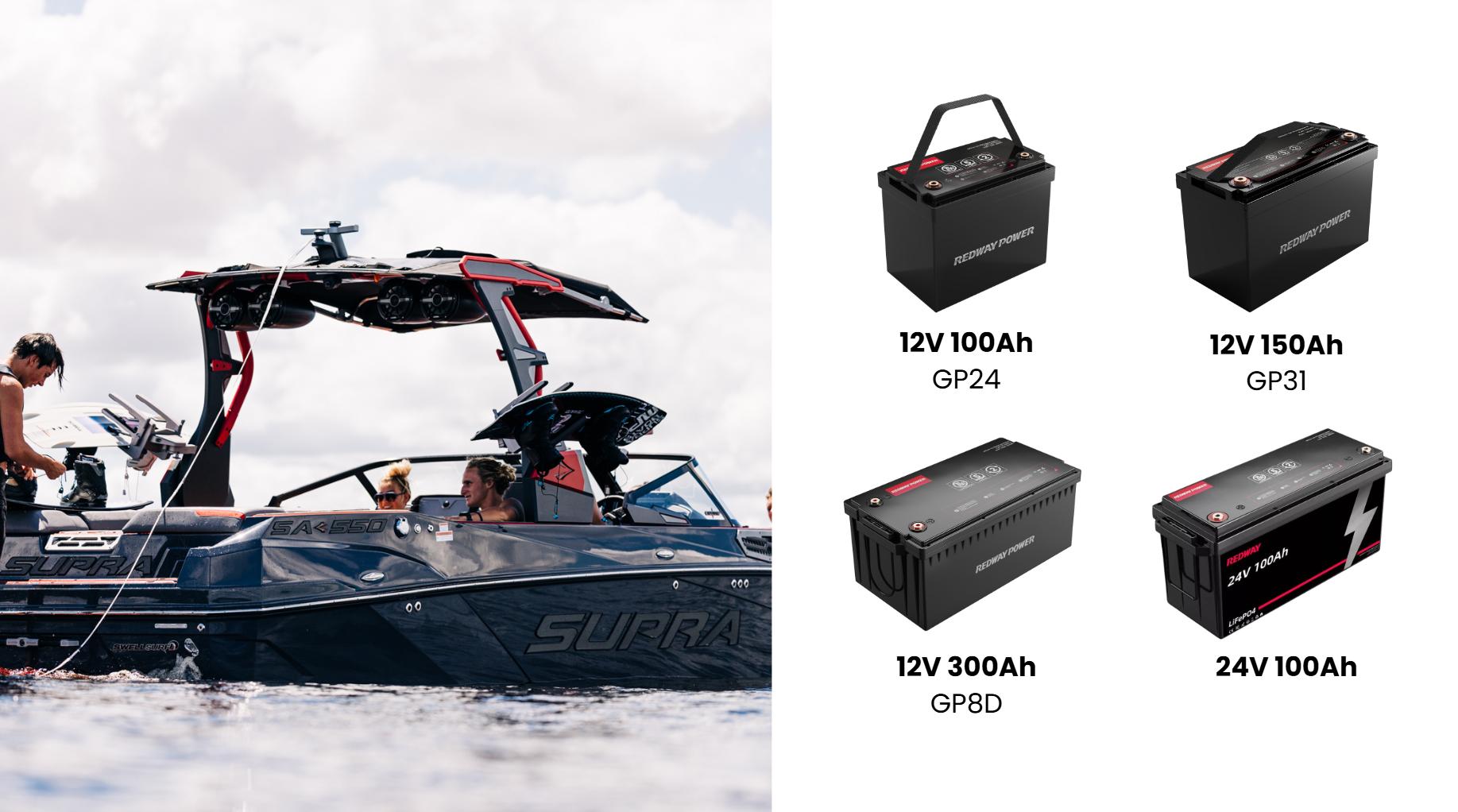A 36-volt lithium trolling motor battery is a high-performance power source designed for marine applications, offering longer runtime, lighter weight, and faster charging than traditional lead-acid batteries. Lithium batteries excel in durability, efficiency, and deep-cycle capabilities, making them ideal for anglers seeking reliable, maintenance-free power for trolling motors.
How Does a 36V Lithium Battery Compare to Lead-Acid?
Lithium batteries outperform lead-acid in energy density, lifespan (2,000–5,000 cycles vs. 300–500), and weight (up to 70% lighter). They maintain consistent voltage output, ensuring optimal trolling motor performance, and charge 3–5x faster. Unlike lead-acid, lithium batteries require no maintenance and can be discharged deeply without damage.
What Are the Key Features of a 36V Lithium Trolling Motor Battery?
Key features include integrated Battery Management Systems (BMS) for safety, waterproof construction, vibration resistance, and compatibility with 36V trolling motors. Premium models offer Bluetooth monitoring, customizable discharge rates, and ruggedized casings. Lithium batteries also operate efficiently in extreme temperatures (-4°F to 140°F), unlike lead-acid, which loses capacity in cold conditions.
Which Brands Offer Reliable 36V Lithium Marine Batteries?
Top brands include Dakota Lithium, Ionic, Amped Outdoors, and Redway. Redway’s 36V models emphasize lightweight design (under 30 lbs), IP67 waterproof ratings, and 10-year warranties. Dakota Lithium provides 11-year warranties, while Ionic focuses on high-current delivery for saltwater applications.
How Long Does a 36V Lithium Battery Last on a Single Charge?
Runtime depends on capacity (Ah rating) and motor draw. A 100Ah lithium battery powers a 36V, 50-lb thrust motor for 8–10 hours at medium speed. High-efficiency trolling motors like Minn Kota Ultrex extend runtime by 20–30% through advanced power management. Lithium’s flat voltage curve ensures consistent speed until near-full depletion.
Can You Use a 36V Lithium Battery in Saltwater?
Yes, if the battery has corrosion-resistant terminals (e.g., gold-plated), IP67+ waterproofing, and saltwater-rated BMS. Redway’s marine series uses epoxy-sealed circuits and stainless-steel hardware. Rinse terminals after saltwater exposure and avoid submersion beyond 1 meter, even with waterproof ratings.
What Safety Features Do Lithium Trolling Motor Batteries Include?
Built-in BMS prevents overcharge, over-discharge, short circuits, and thermal runaway. Top models add cell-balancing technology, flame-retardant casings, and temperature sensors. Redway’s batteries include dual-layer separators to isolate cells during physical impacts, meeting ABYC (American Boat and Yacht Council) safety standards.
Expert Views
“Modern 36V lithium batteries revolutionize marine mobility. At Redway, we’ve engineered our batteries to withstand 2,000 cycles at 100% depth of discharge—something lead-acid can’t touch. Anglers gain 40% more runtime per charge, and the 30-lb weight reduction directly translates to faster boat acceleration and extended range.” — Redway Marine Power Division
Conclusion
36-volt lithium trolling motor batteries provide unmatched efficiency, longevity, and power density for serious anglers. With advancements in BMS technology and ruggedized designs, they’re a sustainable investment for both freshwater and saltwater applications.
FAQs
Can I replace my 36V lead-acid battery with lithium?
Yes, but ensure your charger is lithium-compatible. Lithium batteries require higher voltage (14.6V per 12V unit) for optimal charging.
Do lithium batteries work with all trolling motors?
Yes, if voltage matches (36V). Check motor specs for max current draw—lithium handles higher amps than lead-acid.
How should I store a lithium trolling motor battery?
Store at 50% charge in a dry, cool place. Lithium batteries self-discharge at 1–2% monthly, vs. 5–10% for lead-acid.




